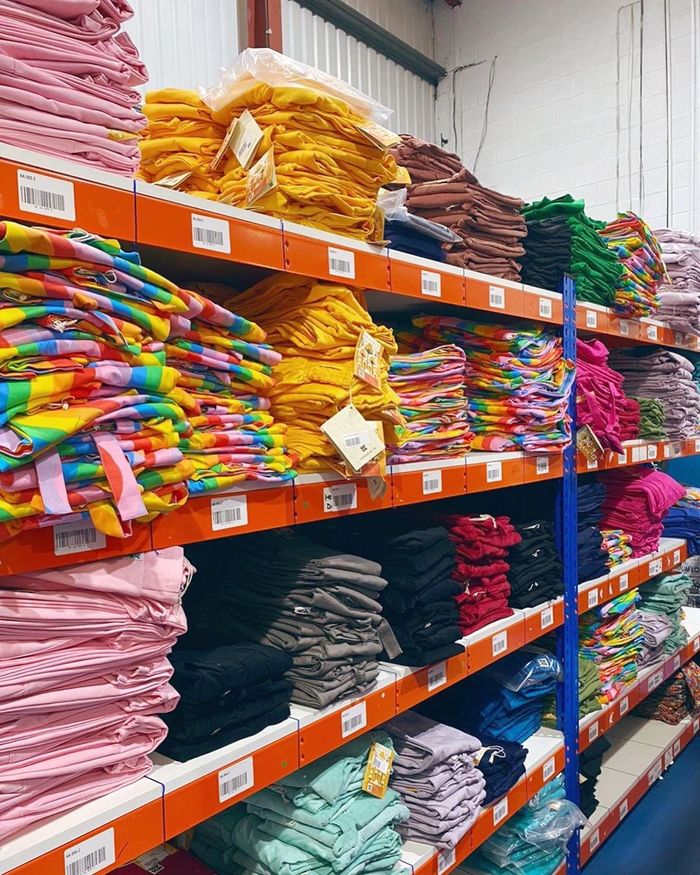A very short history of fur in fashion
Claire Shenfield explores changing attitudes towards fashion’s most controversial material, finding hope in the industry’s recent response.
Having said that up to 17 million mink would have to be culled in Denmark in order to prevent the spread of COVID-19, the Danish government has now decided that their order for a cull was not lawful. Mink farms there have been infected with the disease from farm workers, and there are concerns that the infected population of mink could make a future vaccine less effective for humans.
After seeing pictures of the bodies of hundreds of mink across news channels and social media, a sense of disgust and outrage builds, as does at any sight of mass death. But this disgust is misplaced. As many have pointed out, these animals would have been killed anyway - not for the good of public health, but for the noble cause of high fashion - it is harvest season for mink fur. If we are asking why it is abhorrent to cull these animals, might we finally be starting to ask why this industry still exists in the first place?
“If we are asking why it is abhorrent to cull these animals, might we finally be starting to ask why this industry still exists in the first place?”
The only logical conclusion is that it is the loss of the fur (and the revenue it represents) that is being mourned, a material that has a worth that has outgrown that of the life of its original owner. As with so many materials, fur has created its wealth through association with the upper classes. This goes back to when ‘sumptuary laws’ were introduced in England which dictated which social class could wear which animals’ fur until well into the 17th century. The softer, more beautiful animals’ fur, like mink, was reserved to be worn by those at the very top of the hierarchy.
Fur has always been a particularly useful material, due to its warmth and durability, but mink fur in particular is intrinsically entangled with aesthetics. A mink is a very small animal, it is not economically advantageous to make coats out of multiple animals which require high quality care to breed and produce a fur which needs much maintenance. Mink fur has always been a status symbol, something which represents excess, luxury and wealth, all things which have been the most desirable traits of pieces of high fashion since anyone can remember.
Fur in general first gained its association with femininity through the popularisation of mink. It doesn’t take a huge leap to conclude that this is ingrained in the uselessness of the stuff - what could be more feminine than something beautiful, cruel and completely impractical? Women wore mink to perform this femininity, just as people wear fur because of a fascination with status and, by extension, a performance of class.
Fashion understands that performance is almost always fun, and fun is almost always good, but this fun at the sake of cruelty should be hard to justify. Fortunately, as with most things, it is thanks to a new generation of women and fashion lovers that it now is. In a world where Women Don’t Owe You Pretty and the most unique clothing is a result of charity shopping and Depop hunting, fur garments retain their associations, but those associations aren’t fashionable anymore. What was once luxury could now be considered bourgeois, and what used to be the epitome of femininity is now obsolete, as the wonderful opportunities that breaking down clothing binaries provides are being exploited and explored in the best ways.
“what could be more feminine than something beautiful, cruel and completely impractical?”
If the fur industry rests on the idea that the aesthetics that fur garments provide are worth more than the cost of the animal cruelty involved to make them, then it hasn’t got long left to exploit those who still literally buy into this. The old guard of those who believe in the absolute ultimate of aesthetics is dying out, even the biggest fashion houses have internalised the idea that fashion must be answerable to the inequalities and structures that make up the modern world. Now, even the aesthetic element of fur has lost its prestige. To perpetuate class inequality by performing status is no longer fashionable, to do so at the expense of cruelty to an animal is abhorrent, and this is not a radical viewpoint anymore. Justification for the fur industry is on its last, fragile legs, and that’s what Denmark should be taking away from this tragic event.
 News / Eight Cambridge researchers awarded €17m in ERC research grants27 December 2025
News / Eight Cambridge researchers awarded €17m in ERC research grants27 December 2025 News / News in Brief: carols, card games, and canine calamities28 December 2025
News / News in Brief: carols, card games, and canine calamities28 December 2025 News / Caius mourns its tree-mendous loss23 December 2025
News / Caius mourns its tree-mendous loss23 December 2025 Interviews / Meet Juan Michel, Cambridge’s multilingual musician29 December 2025
Interviews / Meet Juan Michel, Cambridge’s multilingual musician29 December 2025 Sport / Hard work, heartbreak and hope: international gymnast Maddie Marshall’s journey 29 December 2025
Sport / Hard work, heartbreak and hope: international gymnast Maddie Marshall’s journey 29 December 2025








